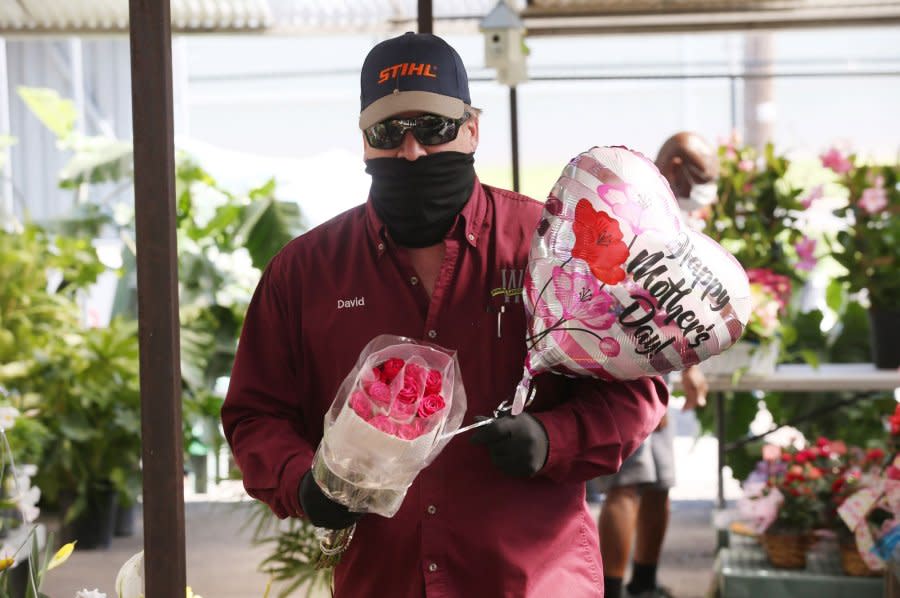Customs officials keeping watchful eye on imported flowers for Mother's Day weekend

May 9 (UPI) -- U.S. Customs and Border Protection said they will be on alert for floral arrangements with pests and plant diseases that could ruin the best of intentions during Mother's Day weekend.
While flowers and other floral arrangements are popular for mom going into Sunday and the traditional celebration of Mother's Day, Customs' agricultural specialists will be working at ports of entry to make sure those gifts aren't afflicted with pests and diseases.
"CBP will typically see an increase in the number of floral imports arriving at area ports of entry in the days leading up to the Mother's Day observances," Hector Mancha, CBP's director of field operations in El Paso, Texas, said in a statement Wednesday.
"Our hard-working and vigilant CBP agricultural specialists are making sure that any imported floral arrangements are free from insects, pests or disease. We ask for the public's help by having travelers declare all agricultural products they are importing to CBP."
Roses, carnations and many other flowers are allowed into the United States after they undergo inspections, but other kinds of plants and seeds need a permit -- and soil from Mexico is not allowed, CBP officials said.
"CBP strongly encourages the public to consult the CBP website before they import floral arrangements so they know which flowers are permissible and which are prohibited or restricted," CBP said in a statement.
According to the Library of Congress, Mother's Day flowers can be traced back to the holiday's founder Anna Jarvis, who started wearing white carnations to recognize her mother. She then started donating them to her church congregation in Grafton, W.Va., during its local Mother's Day observances.
Her flower symbolism spread across the country in the early 1900s with an article in the Weekly Florist Review promoting carnations, her favorite flower, for Mother's Day, helping its popularity.


